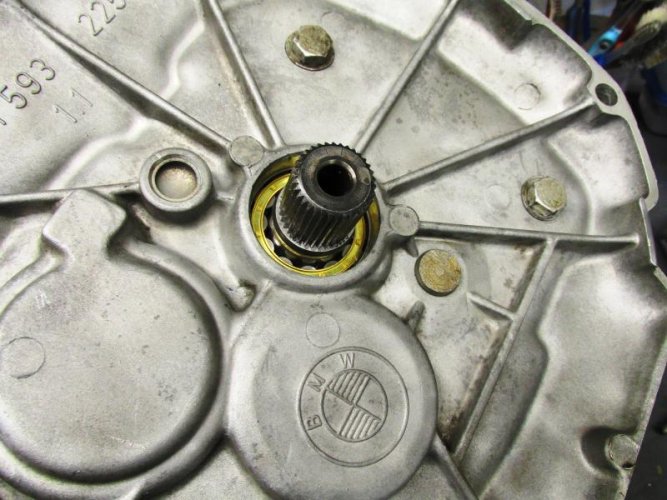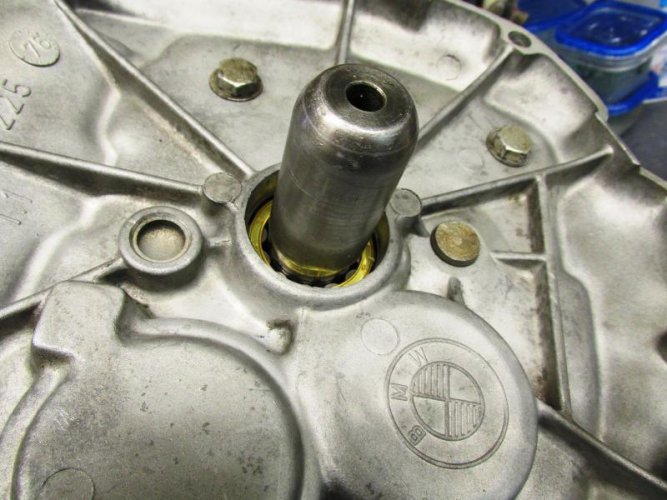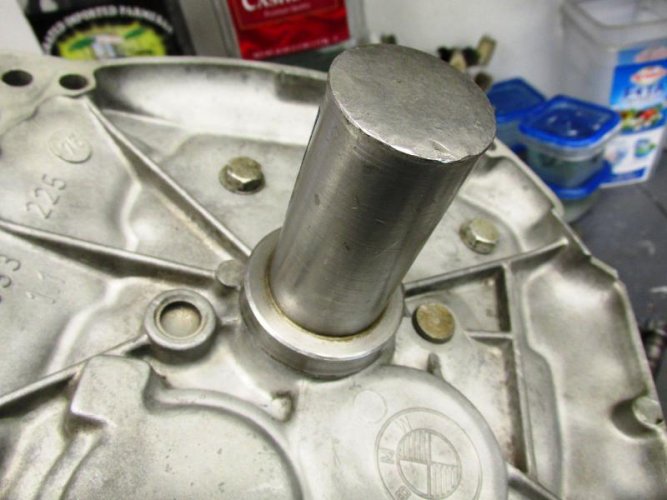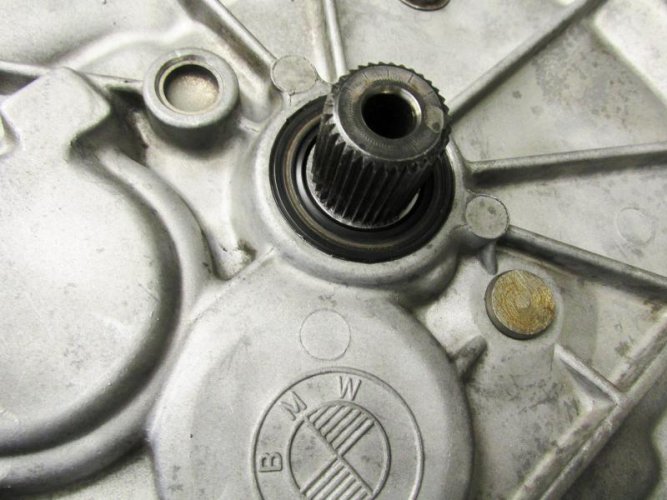brook.reams
B Reams
I meant the input seal. You are making a good point, hadn't thought about it...What are the chances that these seals go bad? I thought I'd replace because I am in there anyways but I didn't think about the spline situation. Unfortunately I really don't know which of my seals (main, oil pump, or input shaft) were leaking because it was pretty messy in there.
Olaf,
With the cracked crankshaft flywheel bolt hole, old age of the oil pump seal and original design of the crankshaft rear seal which cuts a groove into the crankshaft nose and leaks, I suspect these created the "oil well blow out" appearance inside the flywheel bell housing. It sounds like you are going to replace all of those and that makes sense.
Changing only the transmission input seal could be necessary, but I'd hold off. You can always tackle that as a separate project. The benefit is, if you pull your transmission back to lube the input splines in about a year or so, you can easily see if that seal is leaking. IF so, I'd recommend replacing all the transmission seals.
Hope that helps.












